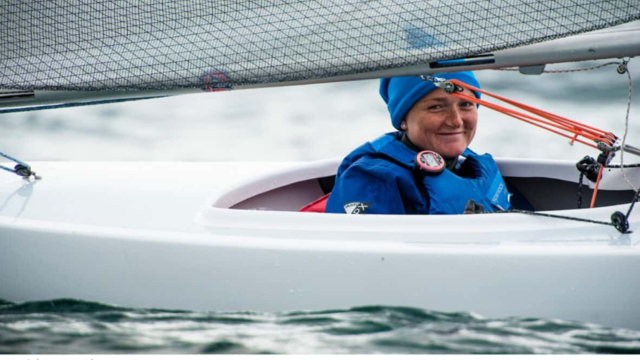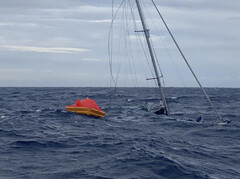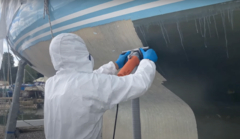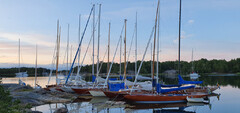Meet the Sailing Team, Murray Jones (NZL)
Murray Jones knows nothing of what it is like to lose the America’s Cup. Ever since he was invited to join team New Zealand in 1995, he has been part of the winning team. Jones had a long and illustrious sailing career before his belated move into the America’s Cup arena. He represented New Zealand at three world youth sailing Championships in the mid-1970s, before getting into Olympic campaigning in the 1980s. Jones narrowly missed winning Olympic medals at the 1988 and 1992 games, where he finished fifth and fourth respectively in the Flying Dutchman class.
Since then Jones has become one of the most respected keelboat sailors in the world, and perhaps after the 33rd America’s Cup he will have established himself as one of the best multihull sailors. He has enjoyed the learning process immensely. “I’ve learnt more about the design and theory of yachts in the last three years than I have in probably the last 10. It’s been really interesting and the great thing about sailing these boats is that you get instant gratification. You get instant feedback as to whether there has been a gain in performance or not. You can just basically feel it and see it in the performance of the boat immediately, even with a one-boat sailing programme.
“It makes a nice change to all those years of endless two-boat testing with the Version 5 boats, where you sail for a week of testing, side by side doing a ten minute test time after time after time, trying to search for point zero something of a knot. Even then you are not too sure whether the result of the test was valid or not, but here, you can go out by yourself and after couple of days you just know that you’ve made an improvement and move on to the next thing. In that regard, it’s really more fun and interesting as far as the development of the boat is concerned.”
In the last America’s Cup one of Jones’s jobs was going up the mast to look for wind. Is there any chance of him doing the same in this Cup? “It’s possible, but it’s not that comfortable being up the rig on a boat like this. It wouldn’t be something I’d be looking forward to doing, let’s put it that way. The motion is very much different to a heavy keelboat like we sailed with the Version 5. The pitching on a keelboat is a more regular acceleration then deceleration, whereas the pitching on a boat like this when you have any waves is very abrupt. It pitches very quickly, it’s hard to hang on and it’s not that easy being up the rig because the mast is so wide you can’t actually hang on to anything. You have to hold on to the luff of the sail or something. So I’m hoping it’s a job I won’t have to do.”
The job of looking for the wind is dramatically different on Alinghi 5. “You’re basically sailing upwind the whole race. When your sitting on the boat, the apparent wind angle is really fine the whole race. That’s a big difference when you’re sailing downwind on one of these boats and you’re looking for puffs, you’re looking 45 degrees off the bow; you’re not looking over your shoulder and that takes a bit of getting used to.”



























